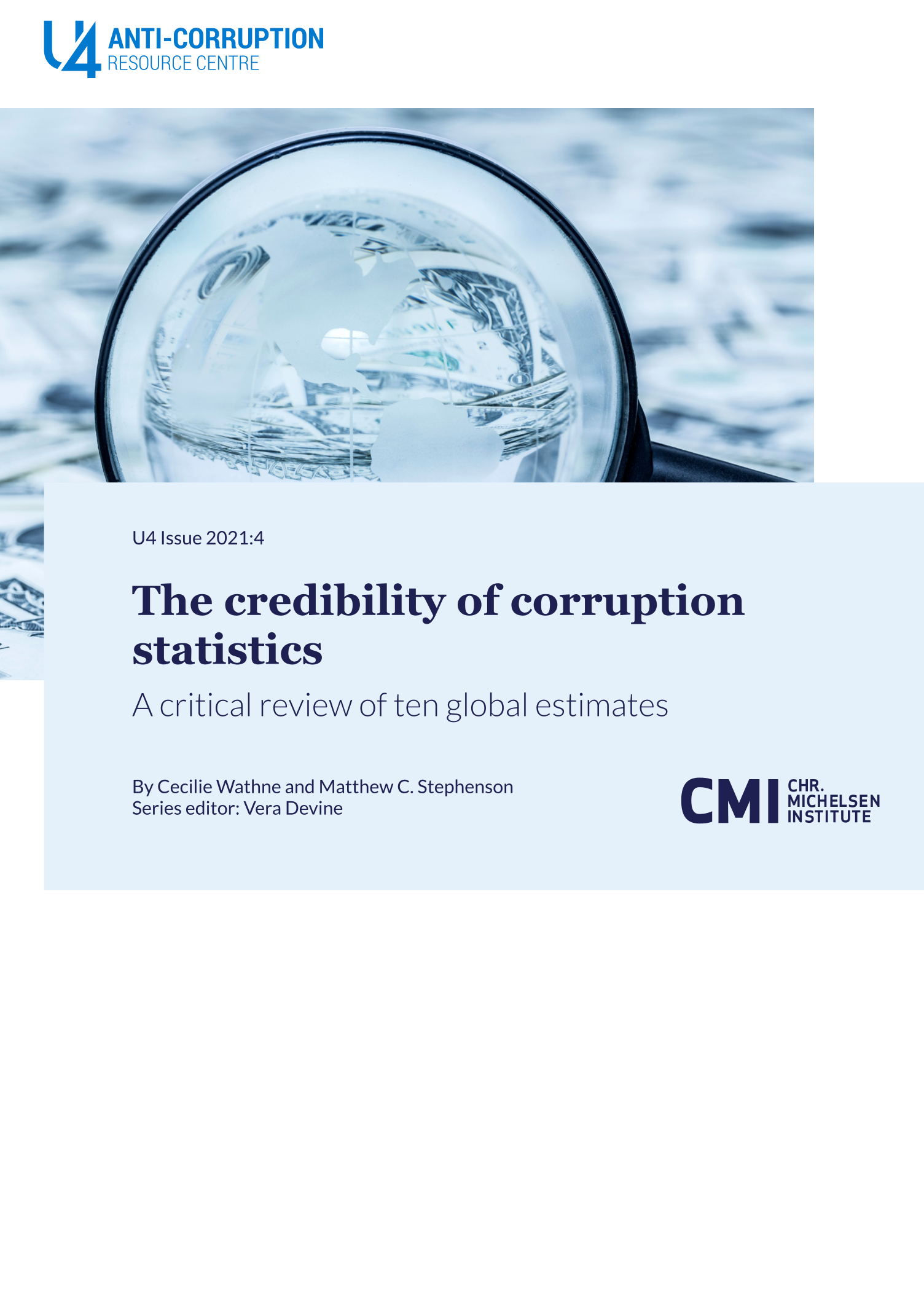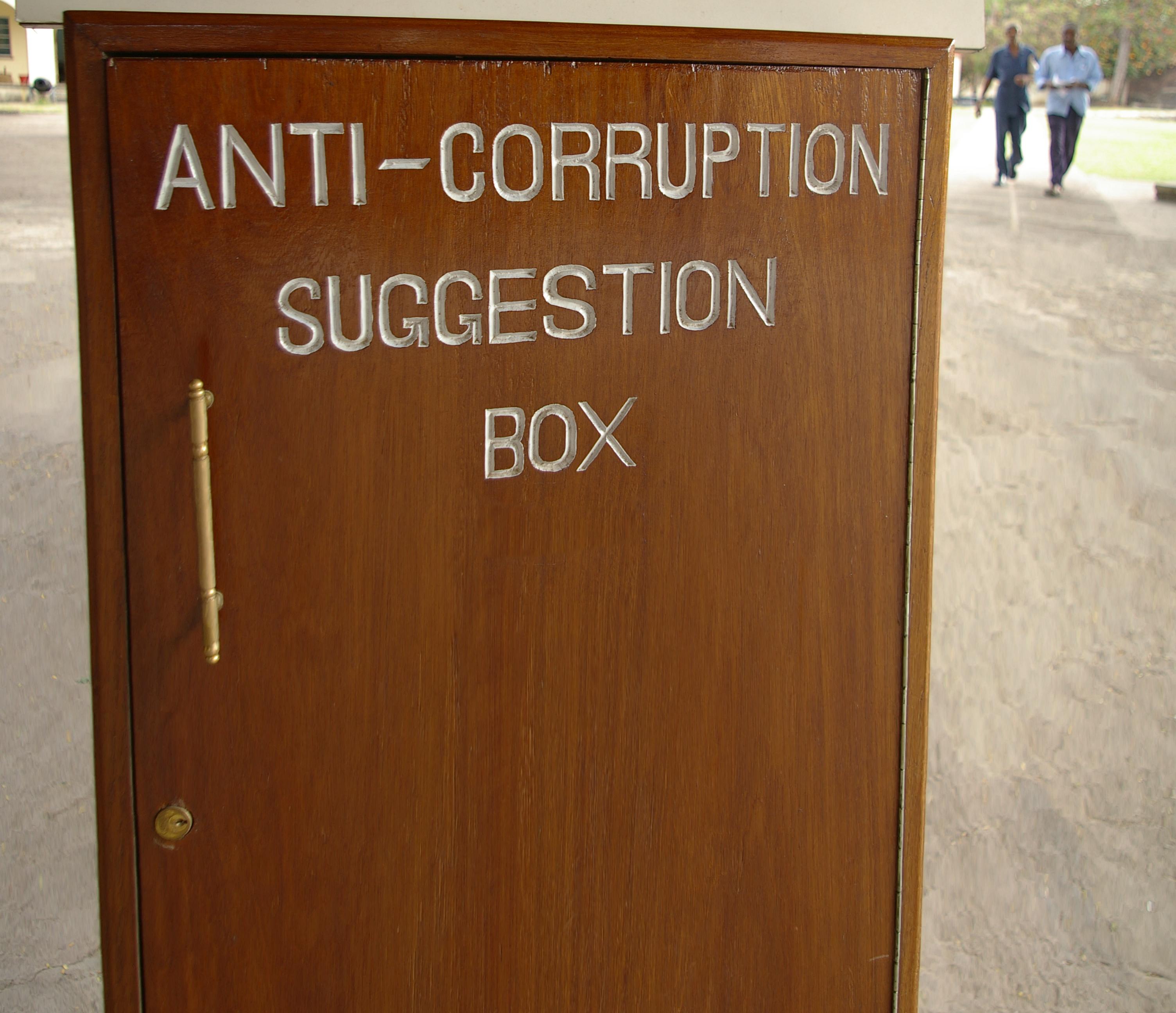U4 has been challenged by its partners to provide evidence on what works or not in reducing corruption. Specifically, partners are increasingly interested to understand the validity of existing information on the extent and impact of different types of corruption. Given the nature of corruption, it has proven extremely difficult to assess the global cost of corruption. Nonetheless, over the past decades, there have been frequent attempts to provide estimates to quantify the damage corruption causes.
This publication scrutinises ten widely cited statistics on the global costs of corruption. The authors set out to trace these statistics’ provenance and methodologies, and to assess to what extent using them as part of advocacy work is justified. While the results of the authors’ enquiry are sobering—none of the statistics can be said to hold up to rigorous scrutiny—the research highlights the need for more reliable figures on the quantitative costs of corruption, based on transparent methodologies. The research also serves as an urgent reminder that anti-corruption practitioners need to be more diligent in how they use statistics in their work.
Main points
- Corruption and its consequences are inherently difficult to measure. Nonetheless, practitioners, policymakers, and donors often find it useful to express some basic dimensions of corruption in quantitative terms.
- Leading international organisations, donor agencies, and civil society groups frequently cite global corruption statistics in their public-facing documents and speeches. There is a need for more transparency about the origin and reliability of some of the most frequently cited statistical claims.
- We analysed ten global corruption statistics, attempting to trace each back to its origin and to assess its credibility and reliability. These statistics concern the amount of bribes paid worldwide, the amount of public funds stolen/embezzled, the costs of corruption to the global economy, and the percentage of development aid lost to corruption, among other things.
- Of the ten statistics we assessed, none could be classified as credible, and only two came close to credibility. Six of the ten statistics are problematic, and the other four appear to be entirely unfounded.
- The widespread citation of unreliable statistics undermines efforts to understand the nature of the corruption problem. Organisations calling for evidence-based anti-corruption strategies should be more careful about the quality of the evidence that they present.
- To improve the use of corruption statistics, organisations should trace them to their original source; read the original source carefully; distinguish between claims of individual authors and of their institutions; use qualifying language to avoid imputing undue certainty and precision to gross estimates; and focus on evidence of significant effects or associations rather than statistics that merely sound impressive.


